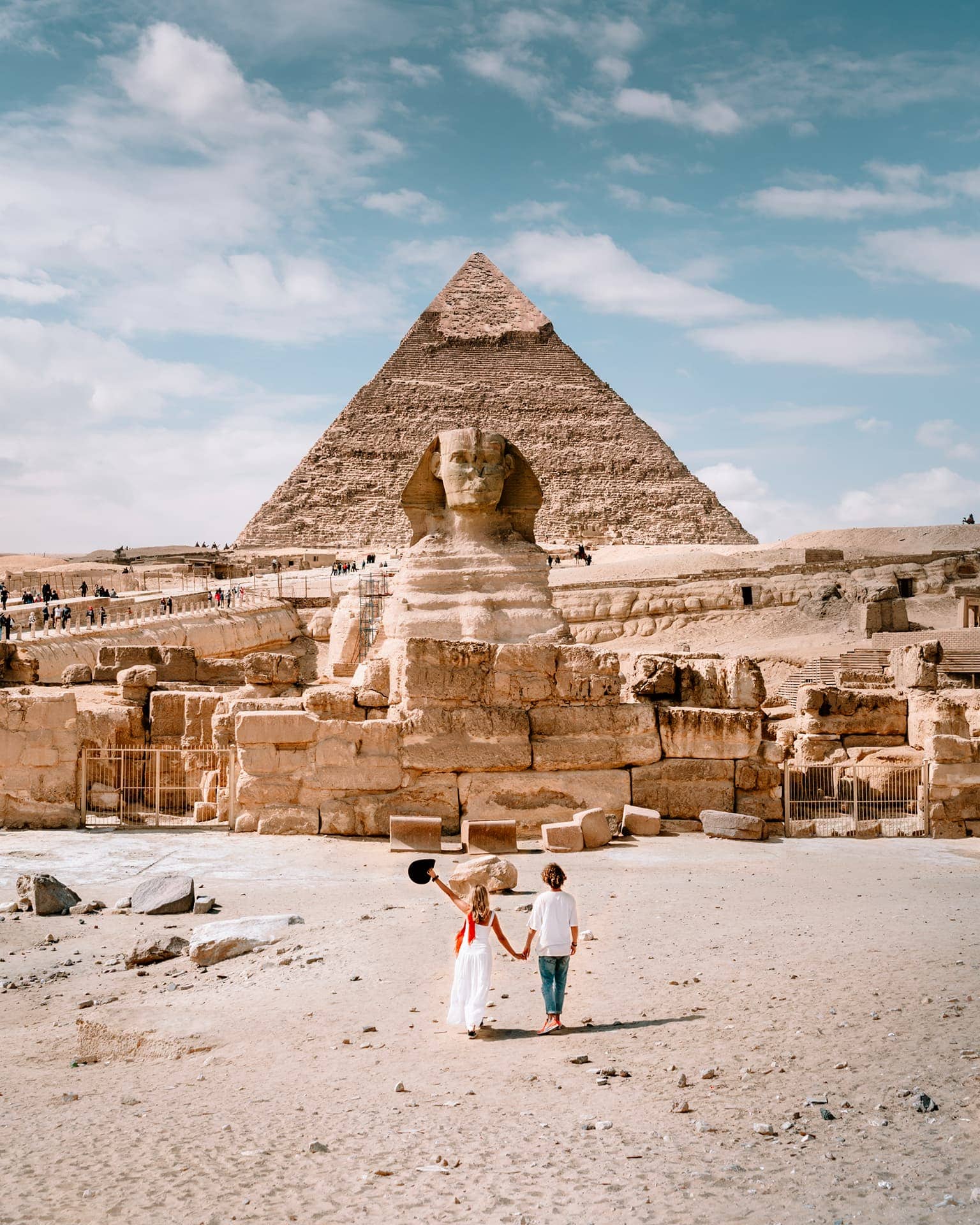The Serapeum of Saqqara is a fascinating archaeological site located near Memphis, Egypt. It is most famous for its massive underground galleries that once housed the sacred bulls of Apis, an ancient Egyptian deity associated with fertility and strength.
Here are more details about the Serapeum:
1. **Purpose**: The Serapeum was primarily a burial place for the sacred Apis bulls, which were believed to be incarnations of the god Ptah. These bulls were revered during their lifetimes and mummified upon death, with elaborate burial rituals.
2. **Construction**: The complex consists of a series of large subterranean galleries cut into solid limestone bedrock. The tunnels are extensive and designed to accommodate the massive sarcophagi of the bulls.
3. **Sarcophagi**: Each bull was buried in a massive granite sarcophagus weighing several tons. These sarcophagi were intricately carved and sealed to preserve the mummified remains of the bulls.
4. **Discovery**: The Serapeum was rediscovered in 1850 by the French Egyptologist Auguste Mariette. He uncovered the site while excavating the necropolis of Saqqara.
5. **Layout**: The galleries of the Serapeum are arranged in a grid-like pattern, with each chamber containing a sarcophagus. The corridors are impressive in scale, showcasing the ancient Egyptians' engineering prowess.
6. **Size**: The size of the sarcophagi is striking, indicating the immense effort and resources devoted to the cult of the Apis bulls. The largest sarcophagi weigh around 70 tons and are made from a single piece of granite.
7. **Symbolism**: The Apis bulls were considered living manifestations of the gods and were accorded great reverence. The Serapeum's design and the opulence of the burial chambers reflect the significance of these animals in ancient Egyptian religious beliefs.
8. **Tourism**: Today, the Serapeum is a popular tourist attraction, although access to some areas may be restricted to preserve the site's integrity. Visitors can explore the underground galleries and learn about the history and religious practices associated with the Apis bulls.
Overall, the Serapeum of Saqqara offers a unique glimpse into the religious customs and beliefs of ancient Egypt, highlighting the importance of the Apis bulls in Egyptian mythology and society.
 English
English











